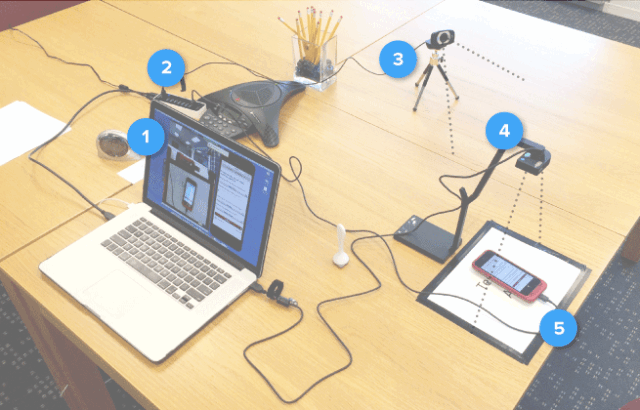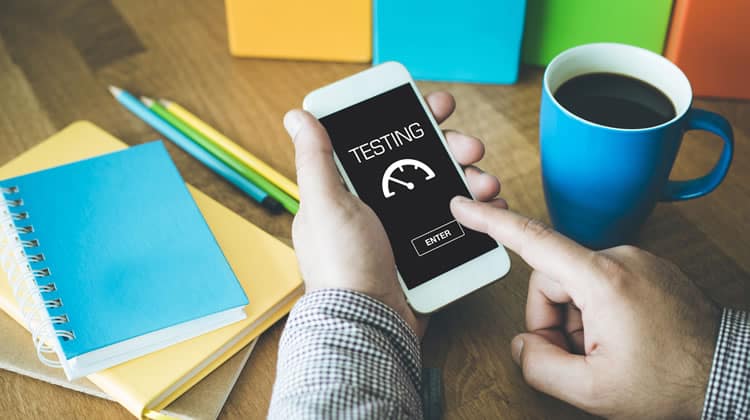Usability testing is a crucial phase in the mobile app development process, ensuring that your app is intuitive, user-friendly, and meets the needs of your target audience. Conducting effective usability testing can help identify pain points, enhance user satisfaction, and ultimately drive app adoption. Here are some best practices for conducting mobile app usability testing.

Table of Contents
Toggle1. Define Clear Objectives
Before you start testing, it’s essential to establish clear objectives for what you want to achieve. Consider the following:
- User Goals: What tasks do you want users to complete during the testing?
- Key Metrics: Identify the metrics you’ll use to measure success, such as task completion rate, time on task, or user satisfaction ratings.
- Target Audience: Define who your users are to ensure your testing is relevant and focused.
2. Select the Right Testing Method
Choose a usability testing method that aligns with your objectives and the stage of your app development. Common methods include:
- Moderated Testing: Conducted in person or remotely, where a facilitator guides participants through tasks and observes their interactions.
- Unmoderated Testing: Participants complete tasks independently, often using tools like UserTesting or Lookback, which record their interactions for later analysis.
- A/B Testing: Compare two versions of your app to see which one performs better in terms of user engagement and satisfaction.
3. Create Realistic Scenarios
Design tasks that reflect real-world scenarios users will encounter when using your app. This approach helps to:
- Increase Engagement: Realistic tasks make it easier for participants to relate to the testing experience.
- Gather Valuable Insights: Users are more likely to reveal pain points when they engage with scenarios they face regularly.
4. Recruit the Right Participants
Selecting the right participants is critical to obtaining meaningful feedback. Keep the following in mind:
- Diversity: Recruit a diverse group of users representing different demographics, skill levels, and experiences.
- Number of Participants: Aim for at least 5-10 participants per testing session to gather sufficient data while keeping costs manageable.
- Incentives: Offer incentives, such as gift cards or discounts, to encourage participation and show appreciation for their time.
5. Set Up the Testing Environment
Ensure that the testing environment is conducive to gathering accurate data. Consider the following:
- Familiarize Users: Give participants time to get comfortable with the app before beginning the tasks.
- Minimize Distractions: Conduct tests in a quiet space to limit distractions and help participants focus.
- Use Appropriate Devices: Test the app on devices that reflect the majority of your user base, whether it be iOS, Android, or specific screen sizes.
6. Observe and Record Interactions
During the testing sessions, observe participants as they navigate through the app. Recording their interactions can provide valuable insights. Here are some methods to consider:
- Screen Recording: Use software to capture users’ screens and interactions with the app.
- Think-Aloud Protocol: Encourage users to verbalize their thoughts as they complete tasks. This method helps uncover their motivations and frustrations.
- Post-Test Interviews: Conduct brief interviews after testing to gather additional feedback on their experiences.
7. Analyze the Data
Once the testing is complete, analyze the data to identify trends and insights. Focus on the following:
- Task Success Rates: Measure how many participants completed tasks successfully and the time taken for each task.
- Common Pain Points: Look for recurring issues or frustrations users encountered during testing.
- User Feedback: Review qualitative feedback from participants to gain insights into their perceptions and experiences.
8. Iterate and Improve
Usability testing is an iterative process. Use the insights gained from testing to make informed improvements to your app. Here’s how:
- Prioritize Issues: Identify which issues need immediate attention based on their impact on user experience.
- Test Again: After making improvements, conduct follow-up testing to evaluate the effectiveness of your changes.
- Continuous Feedback Loop: Regularly test your app throughout the development process to ensure ongoing usability and user satisfaction.
9. Document Findings
Document your findings and insights from usability testing for future reference. Consider including the following:
- Summary of Findings: Provide a clear overview of the key insights gathered from the tests.
- Recommendations: Outline specific recommendations for design or functionality changes based on user feedback.
- Next Steps: Identify the next steps for implementation and further testing.
Conclusion
Conducting effective mobile app usability testing is vital for creating an app that meets users’ needs and expectations. By following these best practices—defining clear objectives, selecting appropriate methods, recruiting the right participants, and iterating based on feedback—you can significantly enhance the usability of your mobile app. Remember that usability testing is an ongoing process, and continuously seeking user input will help you deliver a better app that resonates with your audience.


No responses yet